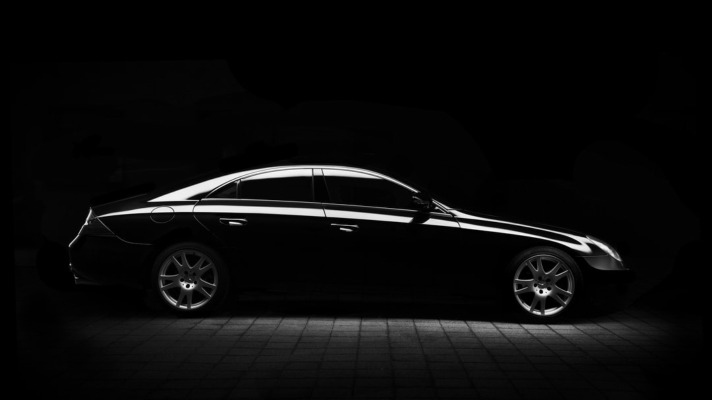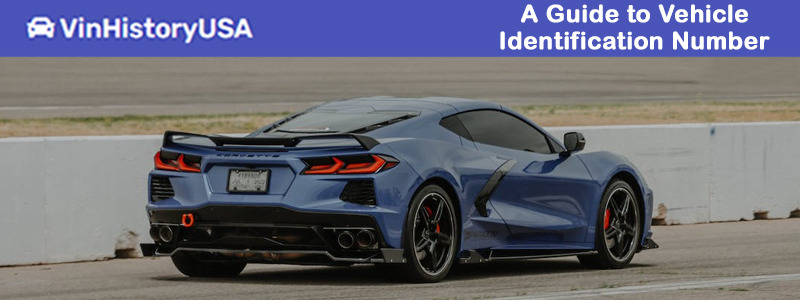A Vehicle Identification Number (VIN) is like your car’s fingerprint. Every car should have a unique number that can be used to identify it. Check for the VIN at various places on the car. You can also find the VIN on many car documents, such as the title or registration. Because thieves will tamper with the VIN label, you should carefully inspect it before buying a used car.
Method 1
1. Check the dashboard.
Most VIN plates appear on the lower left-hand side of the dashboard. Sit in the driver’s seat and look at the dashboard in front of the steering wheel. [1] Alternatively, you might be able to see the VIN easier by standing outside the vehicle and looking through the windshield.
2. Look in front of the engine block.
Pop opens the hood and checks the front of the engine. Some manufacturers affix a body plate that contains the VIN or a partial VIN (typically the last eight characters). This plate should be attached to the firewall inside the engine compartment.
3. Check the front of the car frame.
Sometimes, the VIN will appear on the car frame near the windshield washer container. You should crouch down in front of the car on the driver’s side and check
4. Check the driver-side door.
The VIN should also appear on the Federal Safety Certification Label in all new cars. This label should appear on the driver’s side door in the following places:
On the driver-side doorpost. With the door open, check the spot where the door latches. It should be near the seatbelt return.
Inside the driver-side door jamb. Open the door and look straight ahead. The VIN should be inside the door jamb, where the mirror is located when the door is shut.
Method 2
1. Find your registration card.
The VIN should also appear on the front of your registration card. Contact your Department of Motor Vehicles if you need a registration card for the car. By this, you can hold your VIN records.
2. Check your insurance documents.
You probably had to provide the VIN to your insurer, so check your insurance card or insurance policy. The VIN should be listed there.
Method 3
1. Check your insurance documents
You probably had to provide the VIN to your insurer, so check your insurance card or insurance policy. The VIN should be listed there.
2. Have a mechanic inspect the car
Have a mechanic inspect the car. A mechanic might be able to spot whether the car is a fake better than you can. For example, the mechanic can easily find the VINs on a car and make sure they are consistent. The mechanic might also be able to tell if the VIN plate or label has been tampered with. [16] If you are buying a used car, always insist on taking it to a mechanic before you make an offer to buy the vehicle.
3. Assess the VIN plate attached to the engine
Check for signs that the plate has been modified or moved. For example, there may be rivet holes where the plate was fastened. Alternatively, you might notice that the plate is much cleaner than the rest of the firewall, which is a sign the plate is fake. Remember to match the VIN on the plate to the VIN on the dashboard.
Find Towed vehicle by Vin.
Panic and anxiety will set in if you walk out of the vicinity to then notice your car is gone. If you have determined it was not stolen, you could have violated a city parking code, thus having it impounded. More than likely, the business establishment where the car was towed from will be able to provide the tow company’s contact information. If it can’t, then there are a few methods you can take to quickly locate your car.
STEP 1- Ask which towing company the place of business uses when cars are in violation. This way, you will have enough information to be able to contact them, to inquire about your towed vehicle.
STEP 2- Visit the city’s towed vehicle locator website, as most cities have one. In order to look up the towed vehicle online, you will need the vehicle’s VIN number and/or license plate number.
STEP 3- Contact the city’s information hotline by dialing 311. This number comes in handy if you do not know your VIN or license plate number off hand. Provide your name, the make and model, insurance policy, car year or in some cases, your driver’s license number, so that the operator can find the precise company that impounded your vehicle manually.








